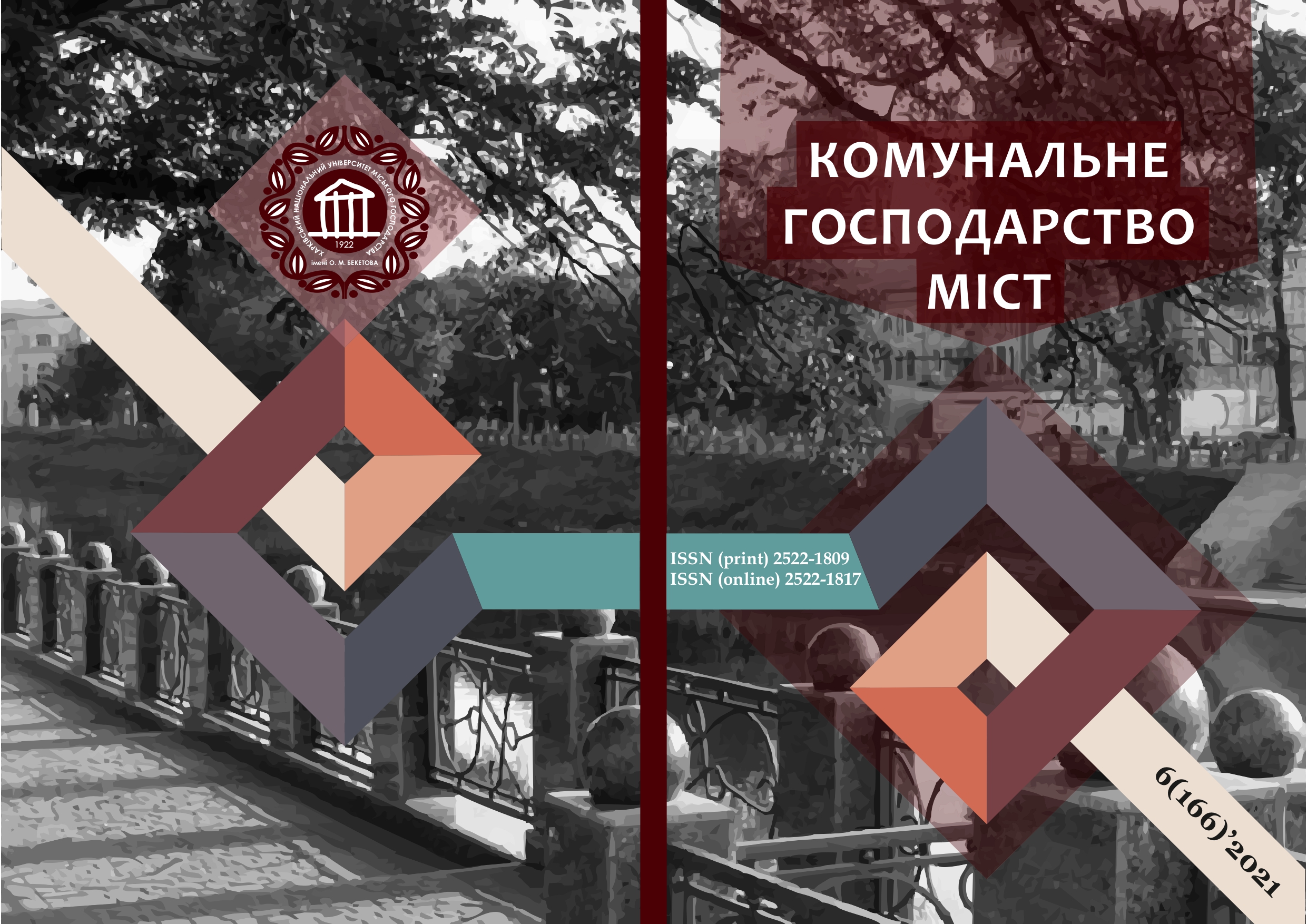DESIGN OF THE TOURIST INFRASTRUCTURE OF THE CITY APPLICATION. PROBLEMS OF LEISURE PLANNING
Array
Keywords:
tourism, tourist infrastructure, tourist services, environment of tourist infrastructure objects, GIS application.Abstract
The article considers the current problem of tourism development in Ukraine and in a particular city Kharkiv. This problem is especially relevant today, due to the spread of COVID-19 pandemic.
Nowadays, in order to correct the situation in this sector of the economy, it is advisable to use specialized information support. There are many different resources on the Internet, with which one can get help or mark out a route, depending on the selected points of interest. Some of them specialize in working with the map, in particular in marking out routes, finding and displaying places of tourist infrastructure on the map. Others display information about events taking place in these places without cartographic reference. But each of these resources has only a part of the needs of a tourist or resident who wants to plan their leisure time.
The proposed application will fill all the flaws of existing resources. It will meet the needs of navigation, information and planning functions. In other words this application will be the first application that combines the functions of finding and providing information about places of tourist attraction, marking out routes between them and creating an optimal plan for visiting them. The geographic information system ArcGIS was chosen to solve this problem. It contains the necessary modules for working with vectorized maps, layers and provides programming. An intuitive application interface was created using VBA. It contains the necessary forms for routing between points of interest and time planning.
The article demonstrated the capabilities of geographic information systems in tourism business sphere It demonstrated a solution that allows with maximum convenience and minimum time not only to obtain the necessary information, but also to plan their leisure. It will help even during lockdowns and other anti-epidemic measures to prevent decline of tourist infrastructure.
References
2. Google Maps Help. URL: https://support.google.com/maps/?hl=ru#topic=3092425 [in Russian]
3. 2GIS-Maps. URL: https://2gis.ua/kharkov [in Ukrainian]
4. Kharkiv. Where would I go? URL: https://kharkovgo.com/ [in Russian]
5. Afisha. URL: https://kh.vgorode.ua/afisha/ [in Russian]
6. Kondrashova, N., Avramenko, M. (2020). Time Management As An Effective Means Of Management URL: https://cyberleninka.ru/article/n/upravlenie-vremenem-kak-effektivnoe-sredstvo-menedzhmenta/viewer [in Ukrainian]
7. 13 Additions For Effective Time Management. URL: https://skillbox.ru/media/growth/13_prilozheniy_dlya_effektivnogo_taym_menedzhmenta/ [in Ukrainian]
8. Google Calendar Help. URL: https://support.google.com/calendar/answer/2465776?hl=ru&ref_topic=10509740 [in Russian]
9. OpenStreetMap. URL: https://www.arcgis.com/apps/Cascade/index.html?appid=215e3fdacdc1425489eb1dc6050fb925
10. Pomortseva, O. (2015). Programming Of Geoinformation Tasks. Laboratory workshop. Tutorial. O.M. Beketov NUUE, Kharkiv.
Downloads
Published
How to Cite
Issue
Section
License
The authors who publish in this collection agree with the following terms:
• The authors reserve the right to authorship of their work and give the magazine the right to first publish this work under the terms of license CC BY-NC-ND 4.0 (with the Designation of Authorship - Non-Commercial - Without Derivatives 4.0 International), which allows others to freely distribute the published work with a mandatory reference to the authors of the original work and the first publication of the work in this magazine.
• Authors have the right to make independent extra-exclusive work agreements in the form in which they were published by this magazine (for example, posting work in an electronic repository of an institution or publishing as part of a monograph), provided that the link to the first publication of the work in this journal is maintained. .
• Journal policy allows and encourages the publication of manuscripts on the Internet (for example, in institutions' repositories or on personal websites), both before the publication of this manuscript and during its editorial work, as it contributes to the emergence of productive scientific discussion and positively affects the efficiency and dynamics of the citation of the published work (see The Effect of Open Access).

